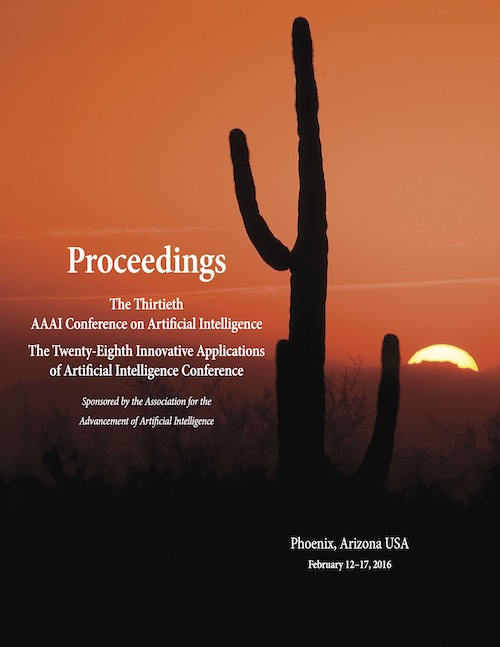Convolutional Neural Networks over Tree Structures for Programming Language Processing
DOI:
https://doi.org/10.1609/aaai.v30i1.10139Keywords:
deep learning, neural network, program analysisAbstract
Programming language processing (similar to natural language processing) is a hot research topic in the field of software engineering; it has also aroused growing interest in the artificial intelligence community. However, different from a natural language sentence, a program contains rich, explicit, and complicated structural information. Hence, traditional NLP models may be inappropriate for programs. In this paper, we propose a novel tree-based convolutional neural network (TBCNN) for programming language processing, in which a convolution kernel is designed over programs' abstract syntax trees to capture structural information. TBCNN is a generic architecture for programming language processing; our experiments show its effectiveness in two different program analysis tasks: classifying programs according to functionality, and detecting code snippets of certain patterns. TBCNN outperforms baseline methods, including several neural models for NLP.

